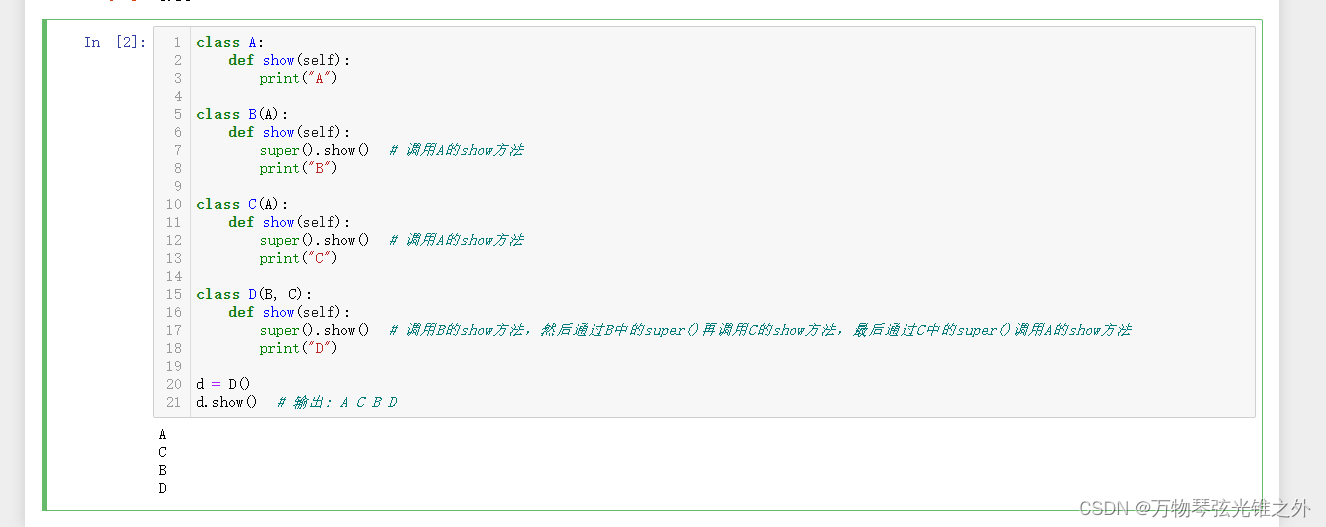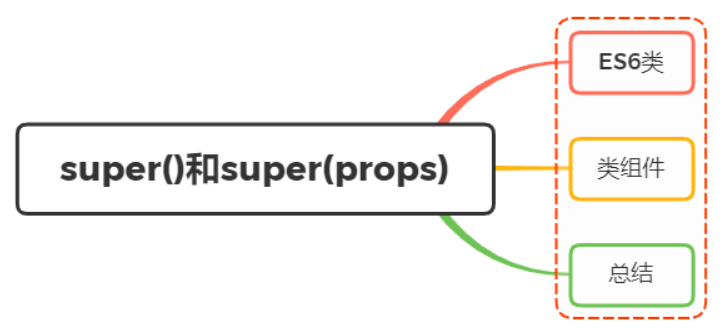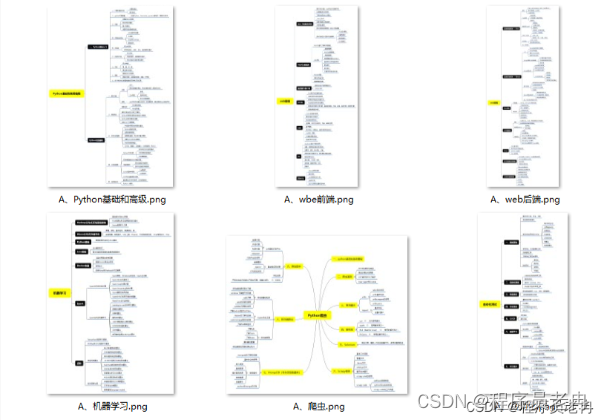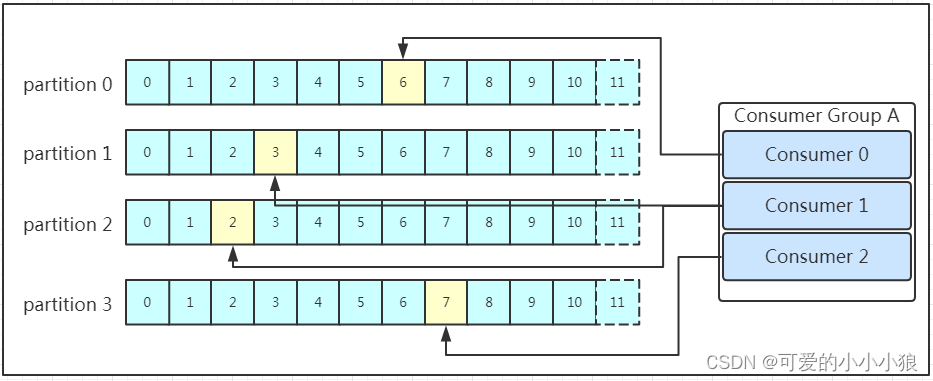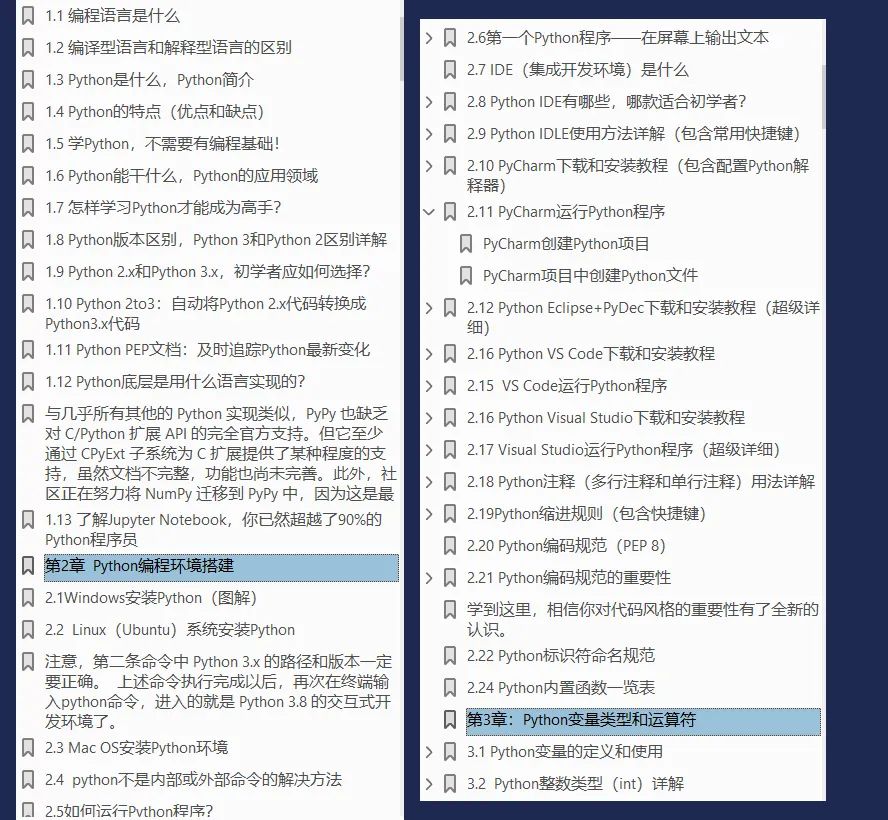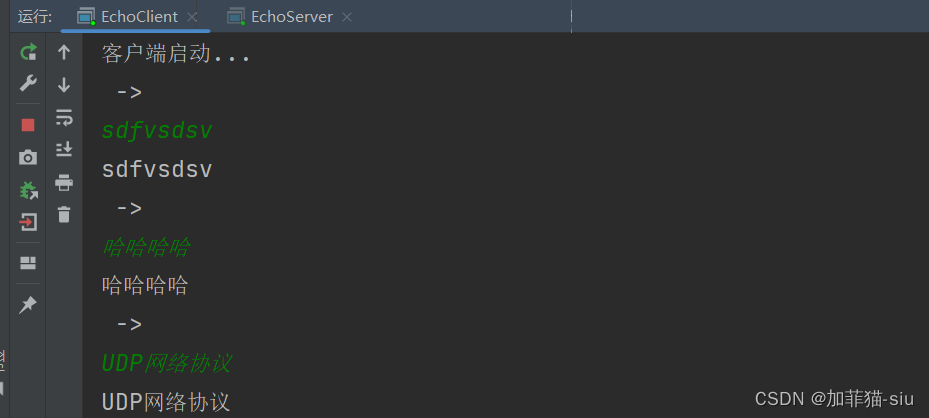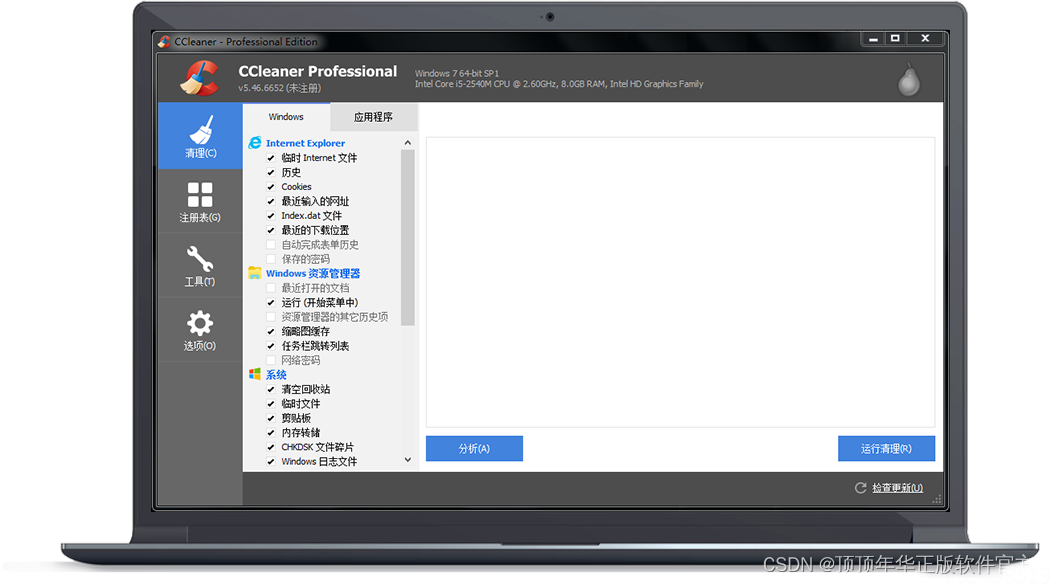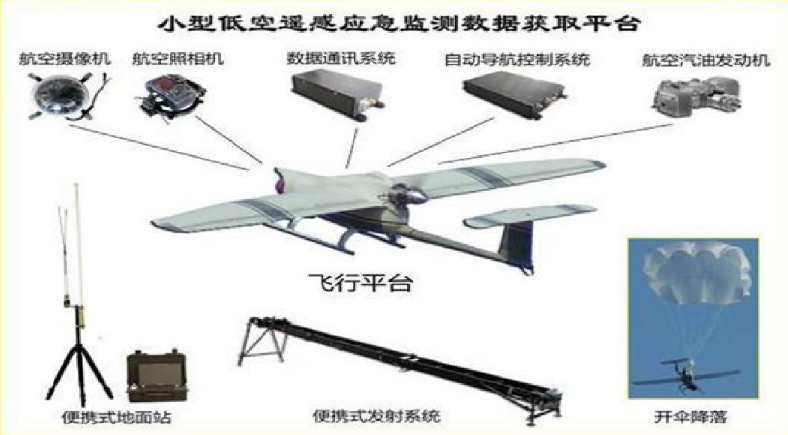Python super
Python 的 super() 函数允许我们显式地引用父类。在继承的情况下,当我们想要调用父类函数时,它非常有用。
Python super 函数示例
首先,让我们看一下我们在 Python 继承教程中使用的以下代码。在该示例代码中,父类是 Person,子类是 Student。代码如下所示。
class Person:
# 初始化变量
name = ""
age = 0
# 定义构造函数
def __init__(self, person_name, person_age):
self.name = person_name
self.age = person_age
# 定义类方法
def show_name(self):
print(self.name)
def show_age(self):
print(self.age)
# 子类定义开始
class Student(Person):
studentId = ""
def __init__(self, student_name, student_age, student_id):
Person.__init__(self, student_name, student_age)
self.studentId = student_id
def get_id(self):
return self.studentId # 返回学生 ID 的值
# 子类定义结束
# 创建父类对象
person1 = Person("Richard", 23)
# 调用对象的成员方法
person1.show_age()
# 创建子类对象
student1 = Student("Max", 22, "102")
print(student1.get_id())
student1.show_name()
在上面的示例中,我们调用了父类函数如下:
Person.__init__(self, student_name, student_age)
我们可以用以下方式替换为 python super 函数调用。
super().__init__(student_name, student_age)
输出在两种情况下都将保持不变,如下图所示。
Python 3 super
请注意,上述语法适用于 Python 3 的 super 函数。如果你使用的是 Python 2.x 版本,则略有不同,你需要做以下更改:
class Person(object):
...
super(Student, self).__init__(student_name, student_age)
第一个更改是将 object 作为 Person 的基类。在 Python 2.x 版本中使用 super 函数是必需的。否则,你将会收到以下错误。
Traceback (most recent call last):
File "super_example.py", line 40, in <module>
student1 = Student("Max", 22, "102")
File "super_example.py", line 25, in __init__
super(Student, self).__init__(student_name, student_age)
TypeError: must be type, not classobj
super 函数本身的语法也有所改变。正如你所看到的,Python 3 的 super 函数使用起来更加简单,语法也更加清晰。
Python super 函数与多层继承
正如我们之前所述,Python 的 super() 函数允许我们隐式地引用父类。但在多层继承的情况下,它将引用哪个类呢?好吧,Python 的 super() 总是引用直接的父类。此外,Python 的 super() 函数不仅可以引用 __init__() 函数,还可以调用父类的所有其他函数。因此,在下面的示例中,我们将看到这一点。
class A:
def __init__(self):
print('Initializing: class A')
def sub_method(self, b):
print('Printing from class A:', b)
class B(A):
def __init__(self):
print('Initializing: class B')
super().__init__()
def sub_method(self, b):
print('Printing from class B:', b)
super().sub_method(b + 1)
class C(B):
def __init__(self):
print('Initializing: class C')
super().__init__()
def sub_method(self, b):
print('Printing from class C:', b)
super().sub_method(b + 1)
if __name__ == '__main__':
c = C()
c.sub_method(1)
让我们看看上述 Python 3 多层继承的示例输出。
Initializing: class C
Initializing: class B
Initializing: class A
Printing from class C: 1
Printing from class B: 2
Printing from class A: 3
因此,从输出中我们可以清楚地看到,首先调用了类 C 的 __init__() 函数,然后是类 B,最后是类 A。通过调用 sub_method() 函数也发生了类似的事情。
为什么我们需要 Python 的 super 函数
如果你之前有 Java 语言的经验,那么你应该知道在那里也称为 super 对象的基类。因此,这个概念对于程序员来说实际上是有用的。然而,Python 也保留了使用超类名称来引用它们的功能。而且,如果你的程序包含多层继承,那么这个 super() 函数对你很有帮助。所以,这就是关于 Python super 函数的全部内容。希望你理解了这个主题。如果有任何疑问,请在评论框中提问。

